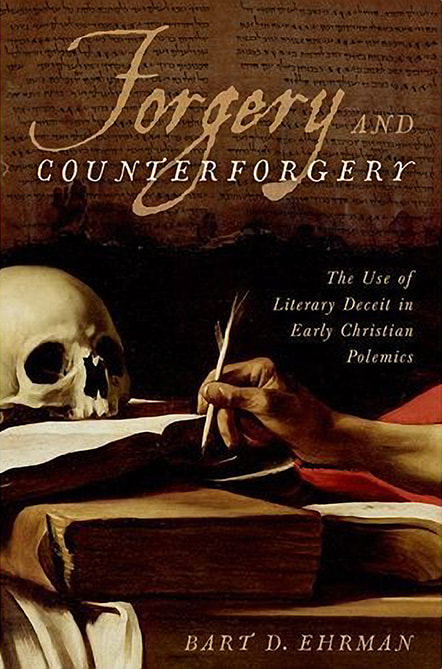|
Forgery and Counterforgery: The Use of Literary Deceit in Early Christian Polemics
by Bart D. Ehrman Published in November 2012 608 Pages Thibault’s Score: 3/5 This textbook covers the history of the forgery of early Christian writings. Bart Ehrman provides convincing evidence that many of the early Christian writings have been forged. He gives numerous examples of anachronisms, self contradictions, abrupt changes in writing style, and changes in style. For example, the writings of St. Paul appear to have been altered or fabricated by later Christian scholars in order to provide evidence in favor of their side during later doctrinal debates. Many of the paragraphs have an inconsistent writing style, and blatantly contradict St. Paul’s earlier writings. The author also explains many trains Ironically, many of the forged texts warn about the dangers of forged texts. Also, a lot of texts were repeatedly lost and rediscovered. One text was lost for several centuries, then rediscovered by a farmer in a pot or vessel in Turkey. The case for the historical unreliability of Christian texts as sources for the history of late antiquity is very well defended by this book. I found it to be very difficult to follow because I lack the proper background knowledge about early Christianity, so quit reading it halfway. I may return to it (or similar books) when my understanding of early Christianity is stronger.
0 Comments
Leave a Reply. |
Thibault SerletMost of my articles are book reviews, but I also write about many other topics. Archives
December 2023
Categories |

 RSS Feed
RSS Feed